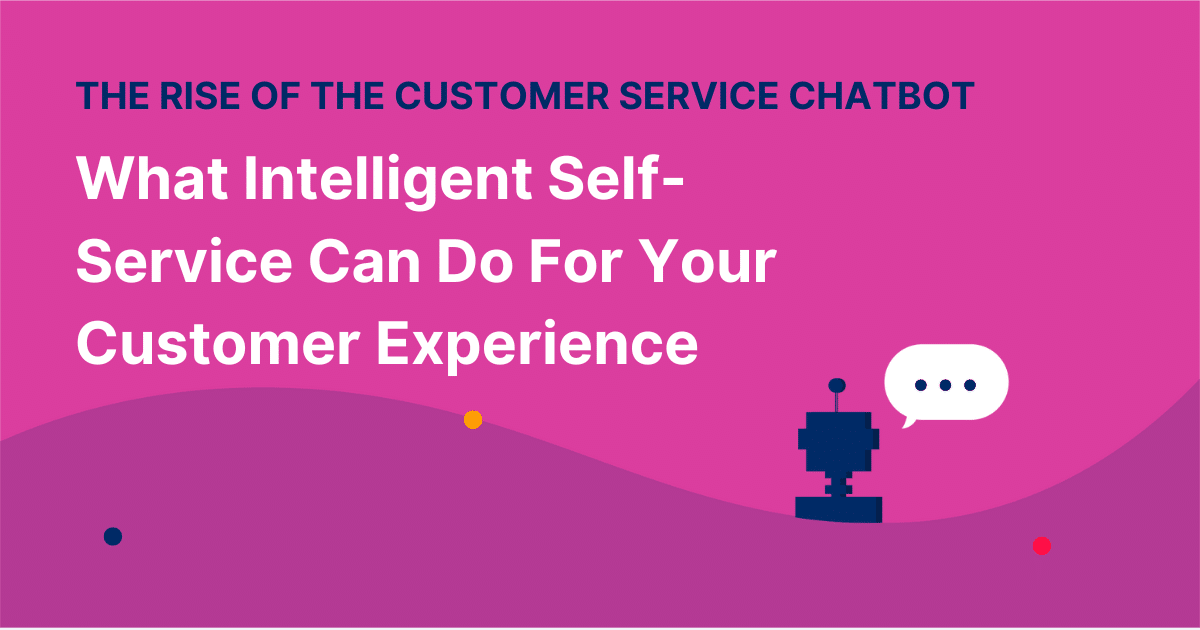As the world evolves and becomes increasingly digital, artificial intelligence (AI) and automated technologies continue revolutionizing various facets of business, particularly customer service. Amid these technological advancements, one tool that has shown tremendous promise is the customer service chatbot.
Customer service chatbots, powered by increasingly sophisticated AI algorithms, are playing a key role in enhancing customer service experiences, operating 24/7 to interact with customers, provide instant responses, and streamline processes. Imagine providing consistent, top-notch service to your clients without time constraints and doing so in a way that reduces operational costs. This not only boosts your business efficiency but also can dramatically improve customer satisfaction levels.
However, like any technology, the transition towards AI-powered customer service chatbots isn’t without challenges. Organizations may grapple with technical issues, data privacy concerns, and the need to balance automated and human interaction.
We’ll explore the benefits of implementing a customer service chatbot, the role of AI in powering these advanced tools, and touch on potential hurdles that may arise along the way. By better understanding these aspects, you can harness the power of intelligent self-service to truly transform your customer experience.
The benefits of adding a customer service chatbot to your CX strategy
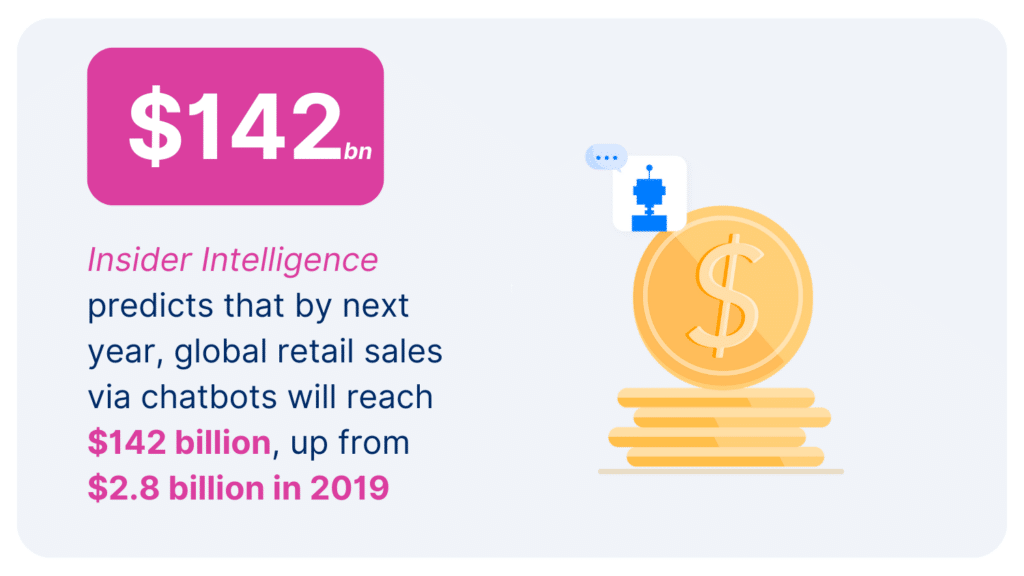
The rise of the customer service chatbot is no coincidence. Gartner predicts that by 2027, chatbots will become the primary customer service channel for roughly a quarter of all organizations. Another study by Insider Intelligence predicts that by next year, global retail sales via chatbots will reach $142 billion, up from $2.8 billion in 2019. Businesses are recognizing the significant benefits that these AI-powered tools offer.
24/7 Availability: One of the most compelling advantages of a customer service chatbot is its round-the-clock availability. No matter what time zone your customers are in, they can access immediate assistance. This continuous support can significantly enhance customer satisfaction and loyalty.
Faster Resolution Times and Reduced Wait Times: Chatbots can process and respond to inquiries at lightning speed, leading to quicker resolution times. They also significantly reduce average wait times, as customers no longer need to queue for a human agent.
Scalability: A customer service chatbot can handle multiple customer inquiries simultaneously, offering scalability that’s difficult to achieve with a human workforce. This ability is particularly beneficial during peak times or unforeseen surges in demand.
Consistency: A customer service chatbot provides consistent responses, reducing the risk of misinformation. It ensures that every customer receives the same quality of service, regardless of the query or volume of inquiries.
Cost-Effectiveness: A chatbot can handle routine inquiries, allowing human agents to focus on more complex issues. This efficient distribution of resources can lead to significant cost savings in the long run.
The role of AI in your customer service chatbot
Artificial Intelligence (AI) is the powerhouse behind the efficacy of your customer service chatbot.
Natural Language Processing (NLP): NLP enables chatbots to understand customer queries, interpret context, and respond appropriately, thereby facilitating a natural, conversational interaction.
Machine Learning (ML): ML allows your chatbot to learn from previous interactions and continuously improve its responses and decision-making capabilities. It also enables the chatbot to personalize interactions, further enhancing the customer experience.
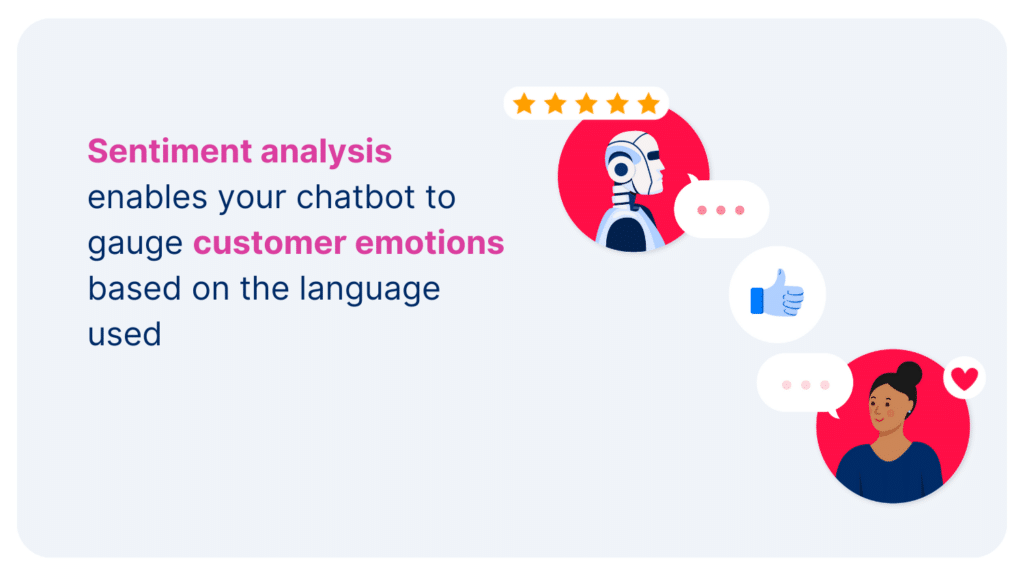
Sentiment Analysis: Sentiment analysis enables your chatbot to gauge customer emotions based on the language used. This insight can guide the chatbot’s responses and also alert human agents when necessary.
Integration with Other Systems: A well-integrated chatbot can pull data from various sources, such as CRM and ERP systems, to provide comprehensive and seamless interactions to your customers.
How to add a customer service chatbot into your CX strategy
Implementing a customer service chatbot requires careful planning and strategizing. Here are some easy steps to follow:
Determine Use Cases: Identify which customer service areas could benefit most from automation. These might include FAQ inquiries, appointment scheduling, or simple troubleshooting tasks.
User-Friendly Interface: Create an intuitive and user-friendly interface for your chatbot. Ensure it’s easy to use and interacts naturally.
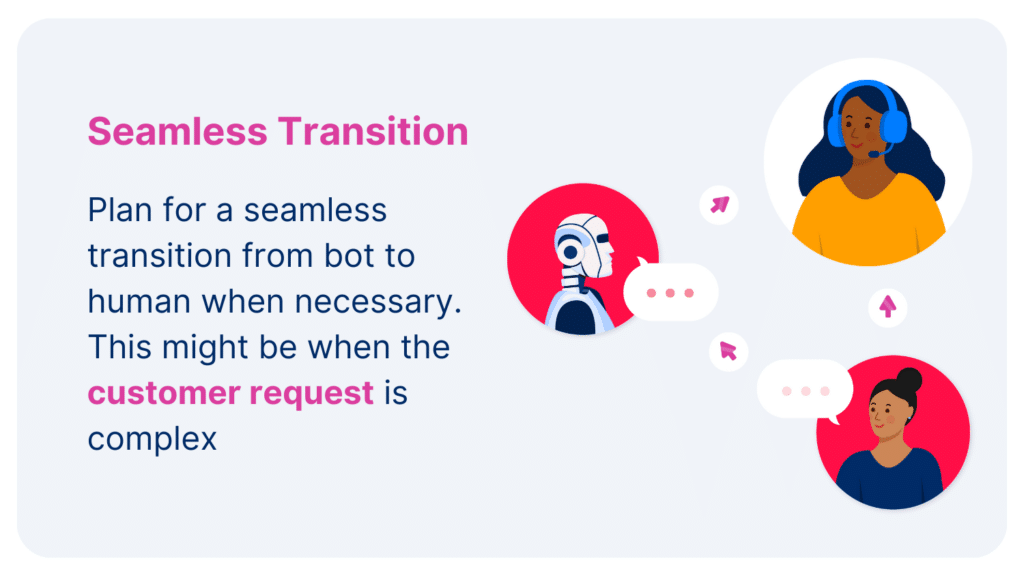
Seamless Transition: Plan for a seamless transition from bot to human when necessary. This might be when the customer request is complex or when the customer explicitly requests a human agent.
Training and Optimization: Train your chatbot using relevant data and continually optimize it based on customer interactions and feedback.
Regular Updates: Regularly update your chatbot’s knowledge base and algorithms to stay relevant and effective.
Predicting the challenges
Despite the numerous benefits, integrating a customer service chatbot can present some challenges:
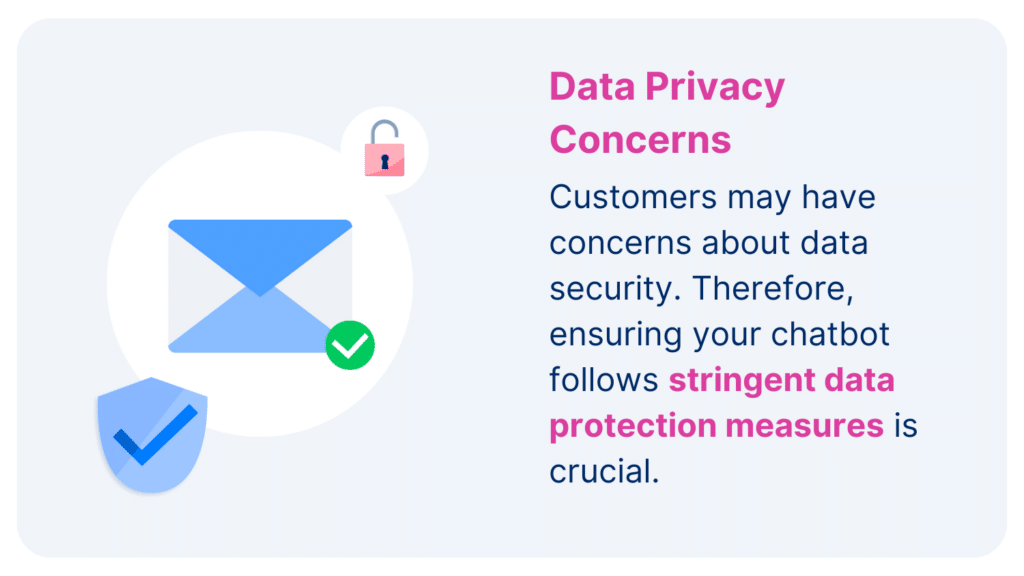
Data Privacy Concerns: Customers may have concerns about data security. Therefore, ensuring your chatbot follows stringent data protection measures is crucial.
Complex Inquiries: Chatbots might struggle with complex or ambiguous queries. The solution lies in programming your chatbot to recognize when a human agent’s intervention is needed.
Cultural or Language Differences: Chatbots must be designed to understand and respect cultural nuances and different languages to serve a diverse customer base effectively.
Managing Expectations and Emotions: Managing customer expectations and emotions can be challenging for a chatbot. Regular training and sentiment analysis can help in this regard.
Addressing Bias: It’s essential to monitor and address any biases in your chatbot’s responses to ensure fair and equitable customer interactions.
Adopting customer service chatbots offers notable benefits such as 24/7 availability, task automation, and valuable customer insights. Using AI technology allows these chatbots to understand, learn, and respond more humanely to customer queries, enhancing the overall customer experience. However, integrating a chatbot into your customer service strategy needs careful planning and consistent performance evaluation. Key challenges include ensuring AI responsiveness, addressing privacy concerns, and maintaining a delicate balance between automation and the human touch. Despite these hurdles, the rewards of AI-powered chatbots far outweigh the challenges, making them an integral part of modern customer service innovation.
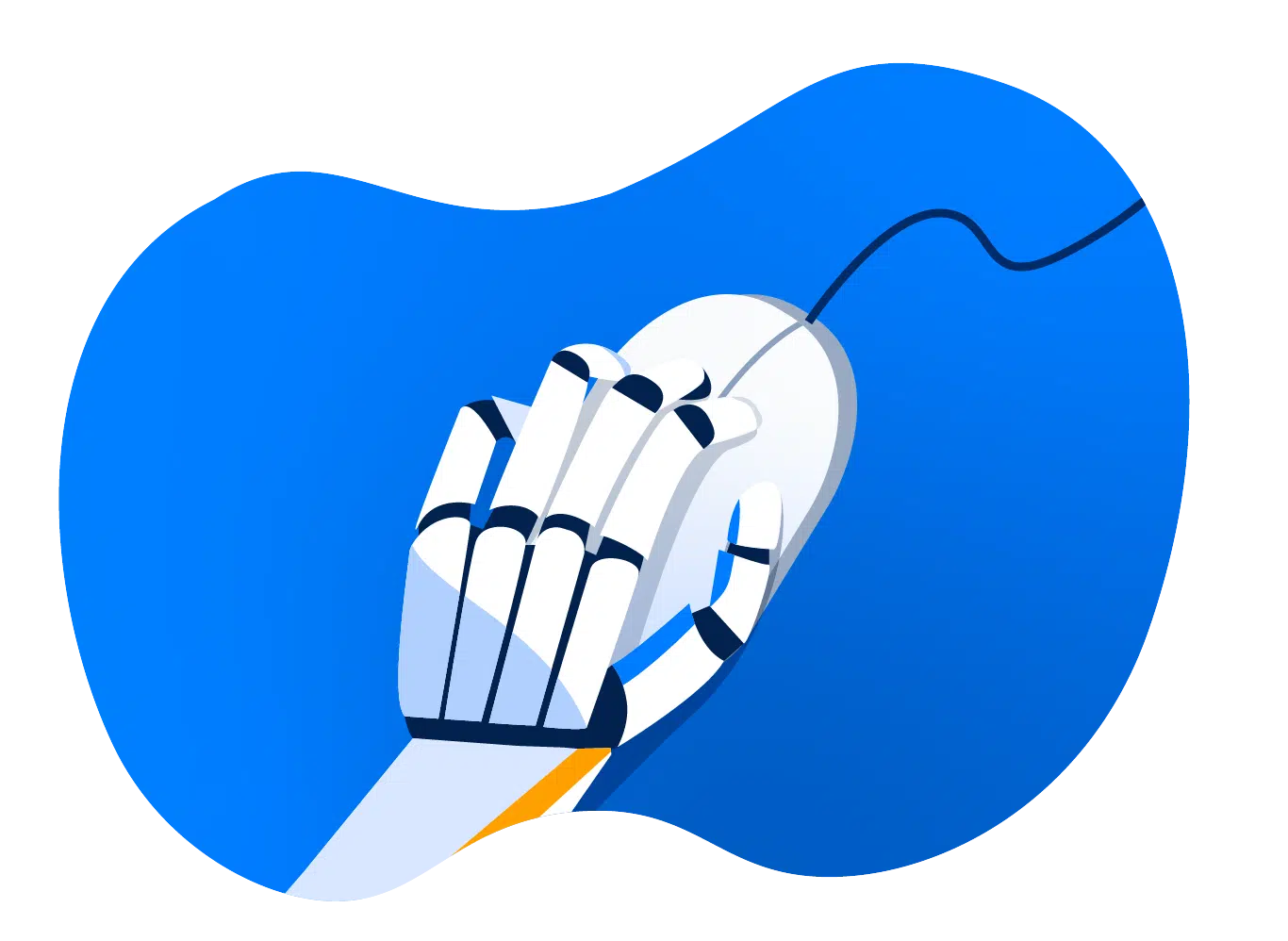
Automate Your Work
Capacity’s enterprise AI chatbot can help:
- Answer FAQs anytime, anywhere
- Find relevant documents within seconds
- Give surveys and collect feedback











































